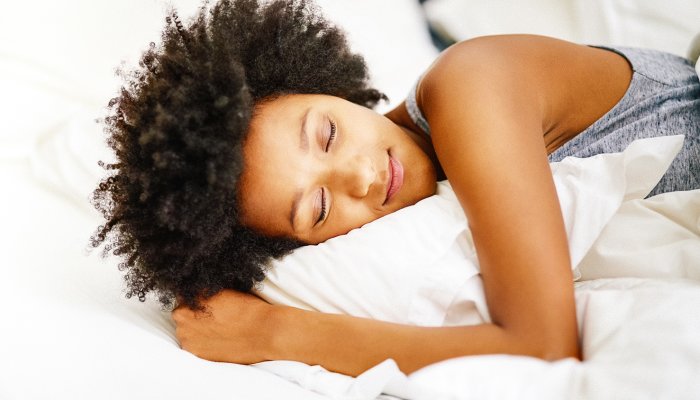
At least some of the sleep differences between men and women are thought to be a matter of biology. The hormonal shifts2 that women experience through puberty, menstruation, pregnancy, and perimenopause are all known to impact sleep quality.
There’s also a social element at play. Generally speaking, there’s an expectation put on women to care for others—which can leave them with less time to care for themselves. Jam-packed schedules leave us stressed, anxious, and overwhelmed come bedtime.
Afolabi-Brown notes that some medical sleep disorders are also more prevalent in women than men. Restless leg syndrome is one of them, which can be related to iron deficiencies3 that are much more common among people who menstruate. Women are also as much as twice as likely to have insomnia, fueled by anxiety and neurodevelopmental differences like ADHD and autism spectrum disorder (also common and underdiagnosed in women).
Years of male-dominant diagnostic criteria also mean that many women with sleep disorders are slipping through the cracks. “Obstructive sleep apnea is often missed in women,” Afolabi-Brown gives as an example, since so many people’s idea of a sleep apnea patient is a middle-aged man who snores loudly, and is likely overweight. In reality, she says, women can be just as likely to develop it (especially during pregnancy4), but it might manifest as disrupted sleep, headaches, and insomnia instead of the hallmark snoring.
Considering these societal pressures, physiological differences, and diagnostic gender biases, Afolabi-Brown says that “it’s almost as if the cards are stacked against us a little; a lot, actually.” After years of grin and bearing sleep deprivation herself, she committed to helping women prioritize their sleep and get the treatment they need. (Pssst… she’s teaming up with seven other sleep specialists this weekend for a Women’s Sleep Summit; head here to learn more details and register to attend live or watch the recording.)
